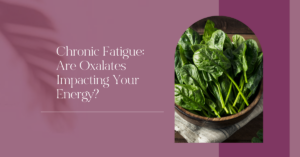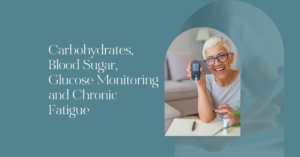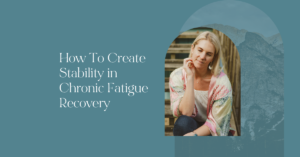This is part four of a series that looks at how you can support your body to have better periods as you recover from CFS/ME or other chronic low energy conditions.
The previous parts have covered a detailed understanding of a healthy menstrual cycle and what can go wrong and disrupt the balance.
Here I will focus on solutions for smoother cycles which means less disruption to your routines, more consistency in your activity levels and overall, better health and energy.
Overview of Supporting Healthier Hormones
There are many factors that contribute to better hormonal balance. I like to separate these factors into “Upstream” influencers – things that may influence the production of hormones – and “Downstream” influencers – things that will influence the downstream metabolism and elimination of hormones, in this case oestrogen.
The main upstream factors that influence hormone production are:
- Inflammation and digestive health
- Blood sugar control
- Stress; this includes excessive exercise, trauma, dietary stress, toxins and microbes (infections), diet, caloric excess or insufficiency, macronutrient and micronutrient deficiencies
- Toxic Load
- Genetic Single Nucleotide Polymorphisms (SNPs)
- Changes in SHBG
The downstream factors that may affect the metabolism of oestrogen and its removal from the body include:
- The health of hormone metabolism
- The health of phase 1 detoxification of oestrogen
- The health of phase 2 detoxification of oestrogen
- Clearance of detoxified oestrogen via the gut
For the purposes of this post, I will focus on the upstream influencers and write more about the downstream factors in the next blog.
Inflammation and Digestive Health
Inflammation is synonymous with immune activation and if the immune system is active, this takes energetic priority in the body. Ultimately when the immune system is active this is a signal to the body that “it’s not safe to get pregnant” – even if pregnancy is not YOUR goal, it is the goal of your biology and your hormones.
The 80% of the immune system is located in and around the gut membrane and therefore, digestive imbalances can significantly impact immune signalling.
Inflammation may increase the conversion of testosterone to oestrogen, which, when in excess, can further increase inflammation – one of the mechanisms is by downregulating histamine breakdown.
The bottom line is that we want to address any immune triggers, especially those that may be located in the gut e.g. parasites, dysbiosis, yeast or bacteria infections or overgrowth.
Blood Sugar Control
Blood sugar highs and lows throughout the day are stressful to the body. What goes up, must come down. Which means that if you eat in a way that encourages blood sugar spikes, you may also suffer blood sugar lows.
When blood sugar increases too much, the consequence is inflammation, which can drive up oestrogen and histamine.
When blood sugar drops too low, this is stressful for the body. You increase cortisol and promote dysregulation of the nervous system.
A diet which allows for stable blood sugar and metabolic flexibility, will be more favourable for hormone balance.
Stress
When the body is stressed it is not safe to fall pregnant. The hypothalamus and pituitary in the brain are prioritising signalling to the adrenal glands and less attention is given to the ovaries – they are just not top priority.
Therefore, stress management and nervous system care are essential to happier, healthier and more balanced hormones.
Sex Hormone Binding Globulin (SHBG)
SHBG is a protein produced by the liver that binds to steroid hormones such as cortisol, testosterone and oestrogen. When a hormone is bound to SHBG it is inactive, therefore, levels of SHBG affect hormone activity. Too little SHBG can impact oestrogen dominance. Low levels are commonly seen in PCOS.
Low SHBG can be associated with:
- Increased visceral adipose tissue (VAT) e.g. belly fat
- Increases insulin resistance
- Stress
- Inflammation
- Underactive thyroid
This potentially means that more oestrogen is available in the bloodstream which can be problematic if unopposed by progesterone.
SHBG can be increased by:
- Restoring optimal thyroid function
- Increasing plants in your diet
- Balancing blood sugar
- Monitoring intake of animal fats
Toxins
Endocrine-disrupting chemicals (EDCs) are substances in the environment (air, soil, or water supply), food sources, personal care products and manufactured products that interfere with the normal function of your body’s endocrine system generally and oestrogen specifically. These substances include:
- Bisphenol A (BPA), phthalates, phenol found in plastic packaging and food storage, till receipts
- Heavy metals such as lead and cadmium
- Phthalates, Parabens, UV Filters in personal care products
- Triclosan in antibacterial soaps, hand sanitiser, toothpaste brands
- Perfluorochemicals in textiles, clothing, non-stick food wrappers, microwave popcorn bags, teflon cookware
- Pesticides
EDCs can interfere with any endocrine action. This is usually done by:
- Mimicking or partially mimicking the hormone, in this case oestrogen
- Binding or blocking receptor sites
- Interfering with the way that hormones or their receptor are made or controlled
EDCS are thought to disrupt the menstrual cycle, negatively impact fertility and are implicated in diseases such as PCOS, endometriosis and uterine fibroids.
The solution is first and foremost toxin avoidance, followed by supporting detoxification and drainage pathways to help the body clear toxins. We also want to help the body naturally clear its own endogenous hormones. My detoxification Mini Course covers this in more detail.
Genetic Single Nucleotide Polymorphisms (SNPs)
Single Nucleotide Polymorphisms (SNPs) are small genetic variations within a specific gene that can slightly alter the expression of the gene. Genes code for proteins and proteins make up enzymes. In the context of hormones, enzymes are responsible for the conversion of one hormone to another (e.g. testosterone can be converted to oestrogen by the aromatase enzyme) or detoxifying hormones, such as oestrogen.
This might mean that some people, due to their genetic variation (SNPs) may have increased aromatase activity which means they more readily convert testosterone to oestrogen, predisposing themselves to oestrogen dominance. Others may have decreased aromatase activity which means they are less at risk of producing excess oestrogen via this pathway.
Genetics can play a role in the production of certain hormones however, I encourage you to remember the saying;
“Genes load the gun but the environment pulls the trigger.”
This means that even with a genetic predisposition, we can still influence our phenotype by the choices we make when it comes to food, nutritional supplementation and lifestyle factors such as sleep, stress and exercise.
The aromatase enzyme specifically is upregulated by:
- Inflammation
- Increased body fat
- Zinc deficiency
- Stress
- Hyperinsulinemia (high insulin levels)
Therefore, modulation of these factors may have a positive influence on oestrogen levels.
The aromatase enzyme is downregulated by:
- Soy isoflavones
- Flaxseed
- Procyanidins (polyphenols abundant in dietary fruits, vegetables, nuts, legumes)
- Flavonoids
- EGCG (green tea)
- Vitamin C
- Chrysin
- Stinging Nettle
Therefore, these foods and nutrients can be added to a support plan to modulate the production of excess oestrogen.
What do you do now?
Now that you have a better understanding of the upstream influencers on hormone production, what do you do with all the information? Well, it’s quite a minefield and part of the challenge is knowing what is relevant to your case specifically and where to start. If you’d like help with your hormones specifically or your fatigue recovery generally, you can explore your options for working with me here.
The next blog will address the downstream factors impacting hormone metabolism and detoxification










